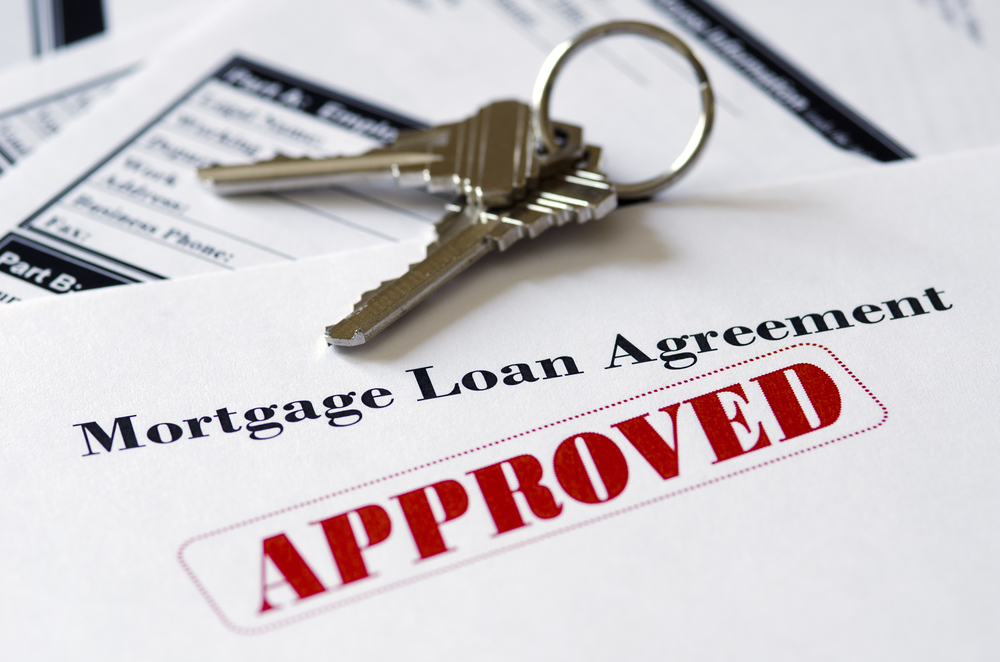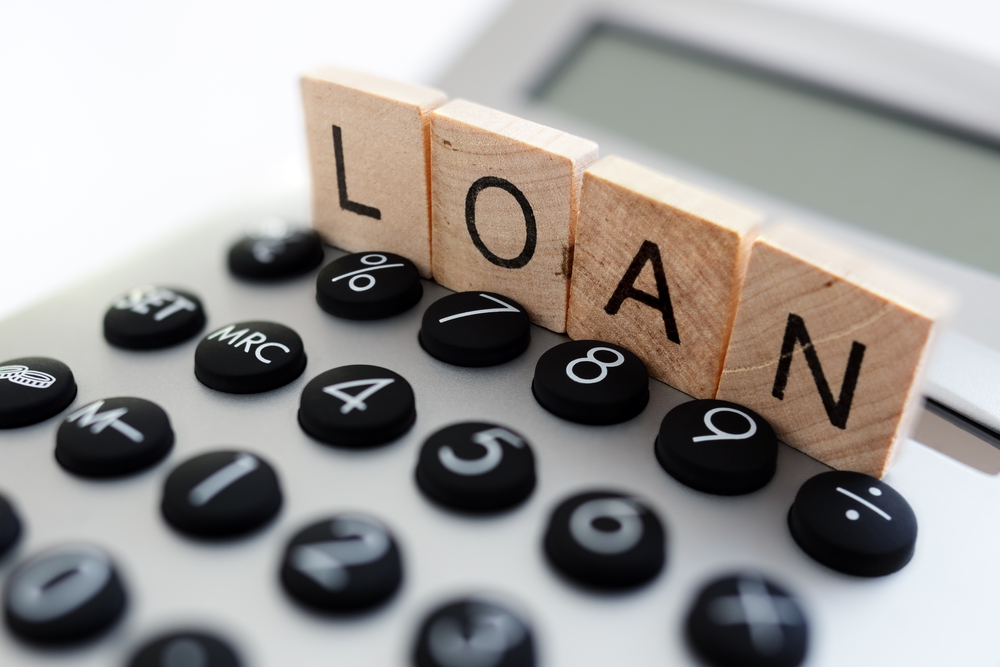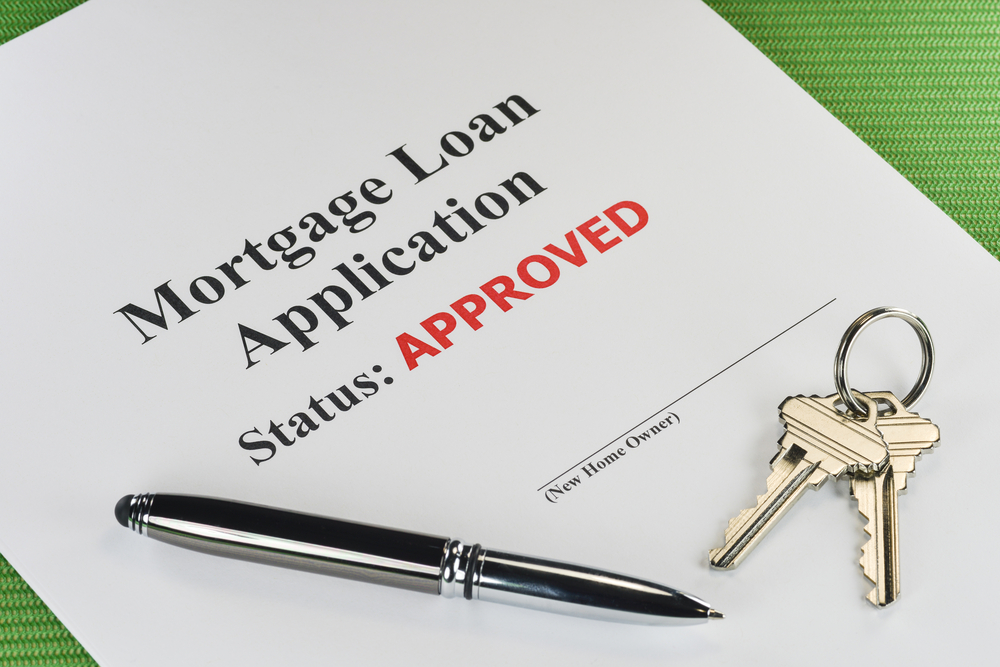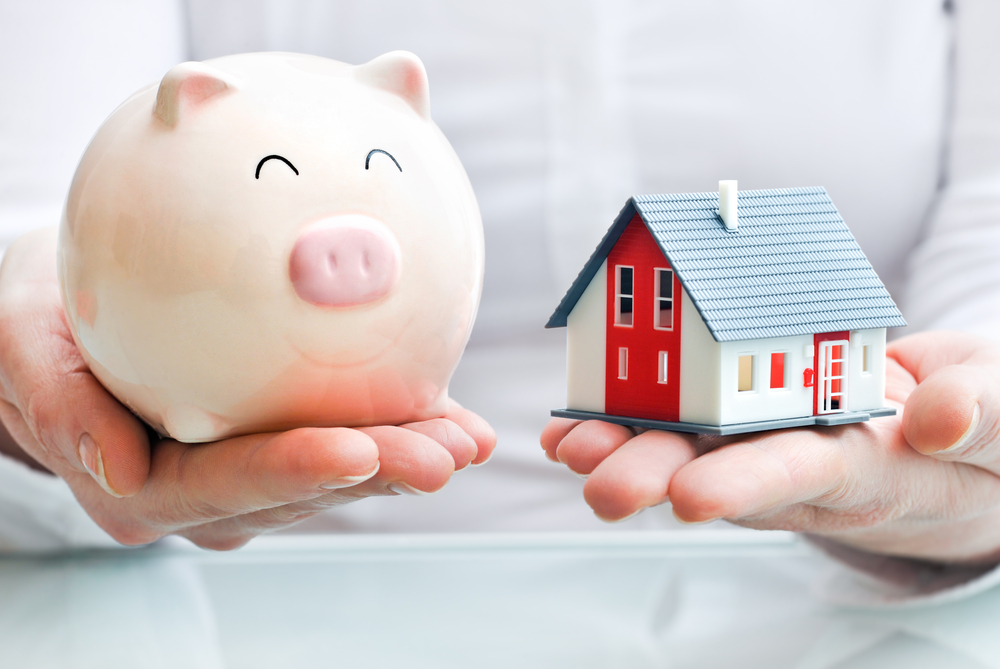A reverse mortgage can be used as a source of income during retirement. It’s like a home equity loan, only the money doesn’t have to be repaid except in certain circumstances. You remain the owner of your home and the reverse mortgage lender sends you money.
How to Qualify
To qualify for a reverse mortgage, you must be at least 62 years old. The house that you get the reverse mortgage for must be your primary residence, meaning that’s where you live most the year. If you pass away, sell the home, or permanently move somewhere else, that’s when the reverse mortgage loan becomes due. At the time of death, your heirs or your estate will be responsible for paying back the reverse mortgage.
Getting Money from a Reverse Mortgage
You can get money from a reverse mortgage loan in several ways. You might take opt for a monthly payment, a credit line you can use at your discretion, a lump sum of cash, or even a combination of these three. The amount you can borrow from a reverse mortgage loan depends on your age, appraised value of your home, and current interest rates.
The older you are, the more your home is worth, and the lower your interest rate is, that’s the more your reverse mortgage will be worth. However, if there are multiple seniors living in the home, the reverse mortgage is made based on the age of the youngest occupant. This would lower the total amount of mortgage received.
Since a reverse mortgage is based on the equity in your home, you can take out this loan even if you still owe on your home. But, the more equity you have, the more you can get from the loan.
There are different kinds of reverse mortgage plans and the type of plan you select will also dictate how much money you receive from your reverse mortgage. A federally-insured Home Equity Conversion Mortgage (HECM) would allow you to get the most money from a reverse mortgage.
Reverse Mortgage Costs
Reverse mortgages come with varying fees depending on whether you get a government loan or a private sector loan from a bank. Government reverse mortgages – including those offered by Federal, state, and local government – typically have the lowest fees. On the other hand private reverse mortgages have higher fees similar to those you pay when you purchase a phone. Fees can often be paid with the funds from your reverse mortgage, but that means the amount of your loan increases and the total cash you receive decreases.
While you’re receiving a reverse mortgage, you’re still responsible for paying your homeowner’s insurance, property taxes, utilities, and home repairs. In fact, you can use the proceeds from your reverse mortgage to pay these expenses. Or, you can use the money to pay for other living expenses you can’t afford from your retirement income.
Taxes on Reverse Mortgages?
Reverse mortgages are really loan advances, so the money isn’t counted as income. That means you won’t have to pay taxes on the money you receive each month. It’s not technically “tax-free income” as some advertisements would lead you to believe since it’s a loan that must later be repaid. You will get a tax deduction, though, when you pay back the mortgage later on.







